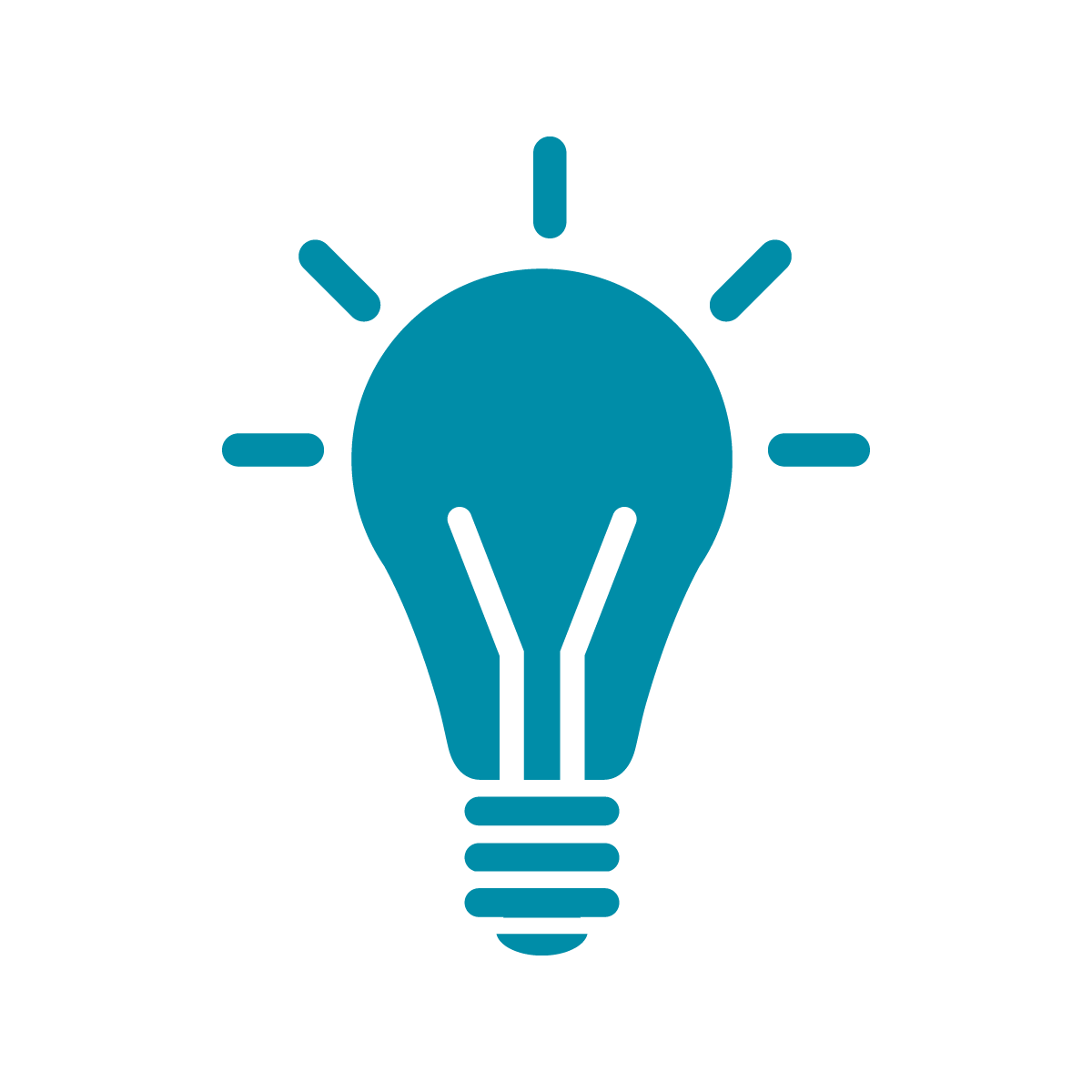Punctual Practice
Now let’s go ahead and combine some of the concepts we’ve seen in the last few sections to try things before experimenting further!
Exercise 1
Try the following snippets of code in Punctual to see how they work:
tex "https://upload.wikimedia.org/wikipedia/commons/a/a0/Blue_stragglers_in_NGC_6397.jpg" [1.2*fx,1.2*fy] >> video;tex "https://upload.wikimedia.org/wikipedia/commons/a/a0/Blue_stragglers_in_NGC_6397.jpg" [1.2*fx+0.3*(sin cps),1.2*fy] >> video;For this one, we’re showing a shortcut that lets you only write a particular color to the screen. You won’t see anything until you make a beat in Tidal to go with it!
pic << tex "https://upload.wikimedia.org/wikipedia/commons/a/a0/Blue_stragglers_in_NGC_6397.jpg" [1.2*fx,1.2*fy];
hline (sin 0.1) (0.3*hi) * pic >> red;
vline (sin 0.05) (0.2*lo) * pic >> blue;
circle [0,0] (0.4*mid) * pic >> green;If you don’t have a beat to use with this one, try
stack [s "bd*4",
s "linnhats*8?",
s "cp ~ cp cp"]Notice which parts of the beat affect the different shapes.
Exercise 2
- Go to Wikimedia Commons and find a picture you’d like to use with Punctual
- Make it display on the screen
- Multiply
fxandfyby different numbers to stretch, squish, and zoom into the image
Exercise 3
Pick one of the examples from Exercise 1 and replace the image I used with the one you found in Exercise 2. Try adding more shapes, changing numbers, and otherwise playing with the image. Try adding a visualizer component with lo, mid, or hi and seeing how different beats affect the image.
